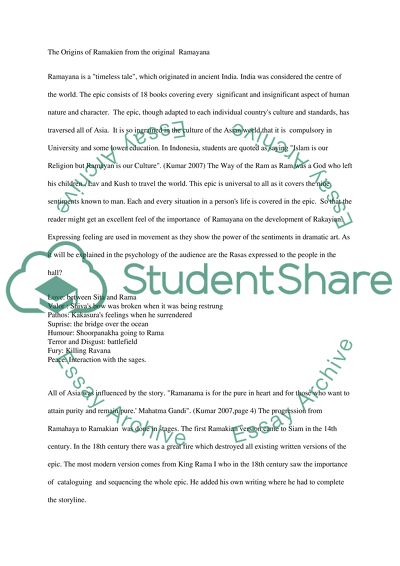Cite this document
(“Independent Research Essay Example | Topics and Well Written Essays - 3500 words”, n.d.)
Retrieved from https://studentshare.org/environmental-studies/1422596-independent-research
Retrieved from https://studentshare.org/environmental-studies/1422596-independent-research
(Independent Research Essay Example | Topics and Well Written Essays - 3500 Words)
https://studentshare.org/environmental-studies/1422596-independent-research.
https://studentshare.org/environmental-studies/1422596-independent-research.
“Independent Research Essay Example | Topics and Well Written Essays - 3500 Words”, n.d. https://studentshare.org/environmental-studies/1422596-independent-research.


